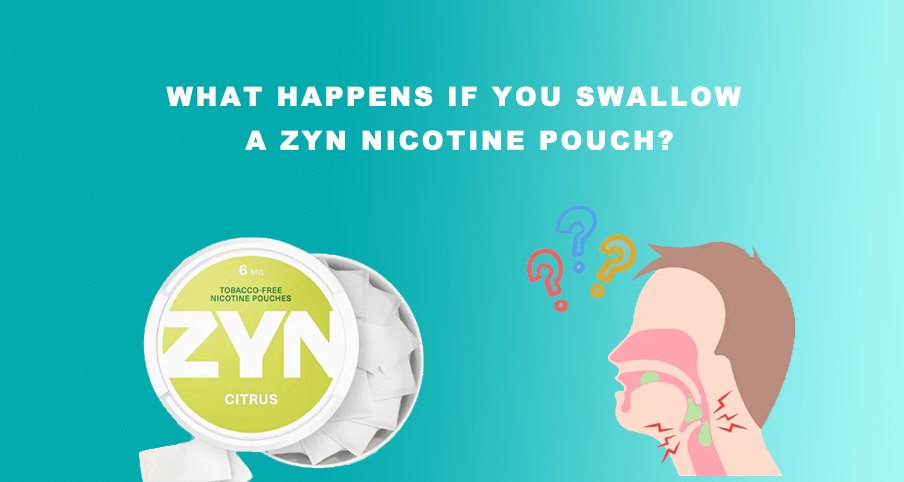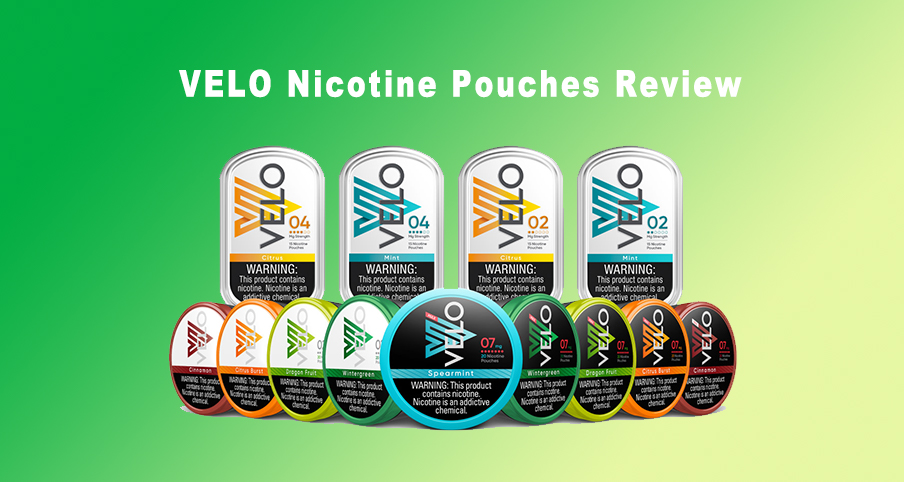Snus vs. Nicotine Pouches: Which Smokeless Tobacco Alternative is Right for You?
What is Snus?
Snus is a type of moist smokeless tobacco product that originated in Sweden. Unlike traditional tobacco products that are smoked, snus is placed under the upper lip, where the nicotine and flavors are absorbed through the mucous membranes in the mouth. Snus is available in two main forms: loose snus and portioned snus. Loose snus is a moist, ground tobacco that users can portion themselves, while portioned snus comes in small, pre-measured sachets similar to tea bags.
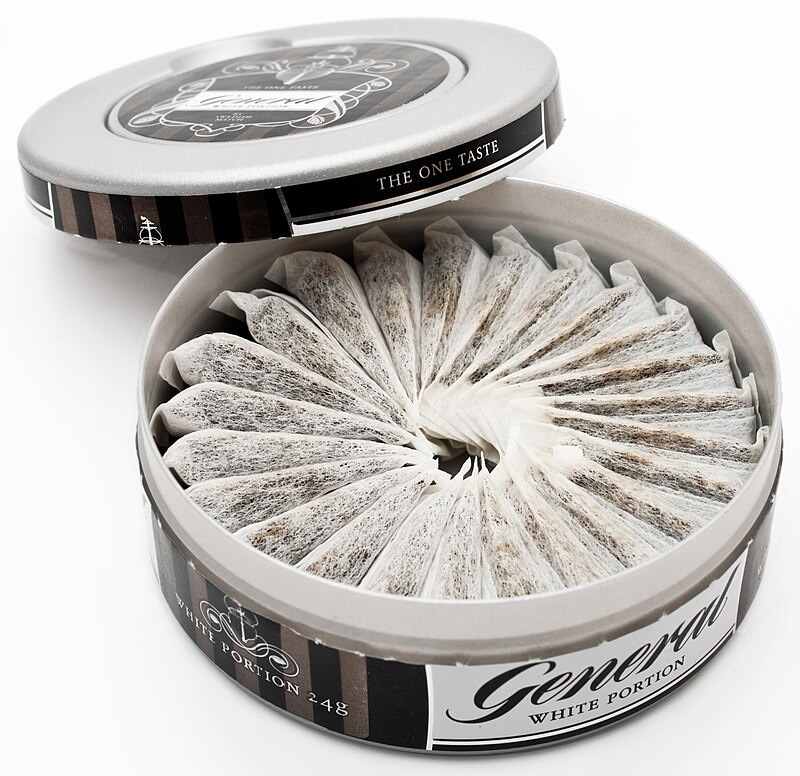
The English word “snuff” is translated to snus in Swedish. However, in America, the term “snuff” is used to refer to the nasal form of tobacco. In Sweden, nasal snuff is referred to as torrsnus or luktsnus. American dipping tobacco (cured moist tobacco that is applied to the lower lip and requires spitting) was first popularized and marketed as moist snuff in the 1800s.
Composition of Snus
Snus is made from ground tobacco leaves, water, salt, and flavorings. The tobacco is processed through a curing method that reduces the levels of harmful nitrosamines, making snus a less harmful alternative to smoking. However, because it contains tobacco, snus still carries certain health risks associated with nicotine and tobacco use.
There are various types of snus available:
Loose Snus (Swedish: Lössnus):
- Loose snus is a moist powder that can be shaped into a cylindrical or spherical form using the fingertips or a specialized cylindrical device. This final product is commonly known as a pris (pinch), buga, prilla, or prell (slang). Some individuals, particularly long-time users, opt to simply pinch the tobacco and place it under their upper lip, a method known as a farmer’s pinch or living snus.
Portion Snus (Swedish: Portionssnus):
- Portion snus comes in small teabag-like sachets filled with moist powder. It is available in smaller quantities compared to loose powder snus. There are two varieties of portion snus:
- Original Portion: Introduced in 1973, the sachet material is moisturized during manufacturing, resulting in a brown, moist pouch.
- White Portion: This form has a milder taste and slightly slower release. The sachet material is not moisturized during manufacturing, resulting in a white, dry pouch. The tobacco within the portion material has the same moisture content as original portion snus, but the nicotine and flavor are delivered somewhat slower due to the drier sachet.
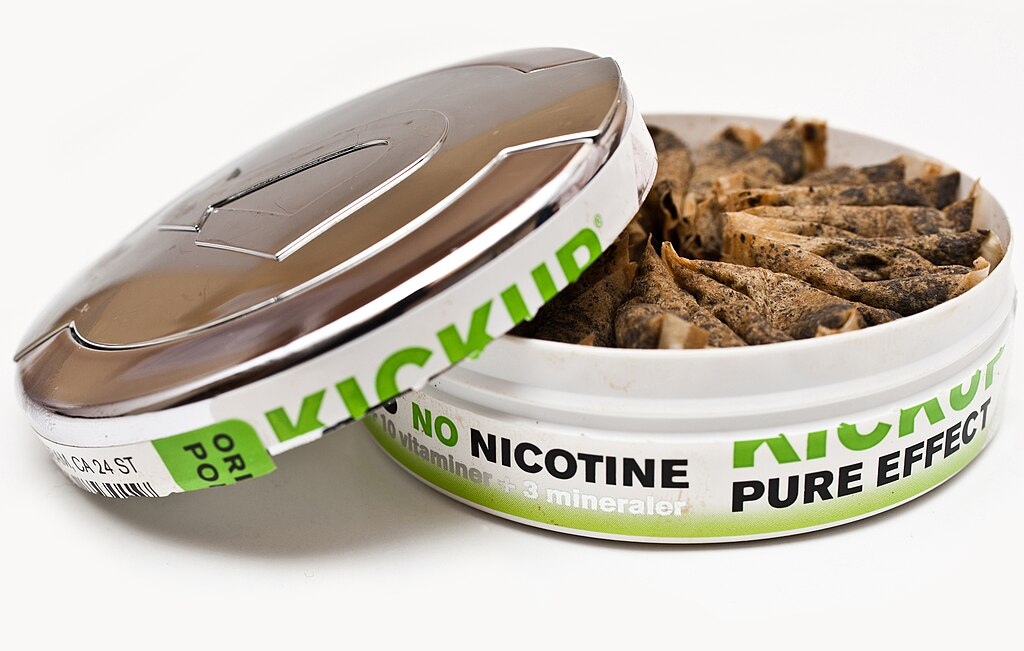
Nicotine pouches are a relatively new product in the smokeless tobacco market. They are small, white sachets that contain synthetic or tobacco-derived nicotine, flavorings, sweeteners, and plant-based fibers. Nicotine pouches are designed to be placed between the gum and the upper lip, where the nicotine is absorbed through the mucous membranes in the mouth. Unlike snus, nicotine pouches are completely tobacco-free, providing a cleaner and more discreet way to consume nicotine.
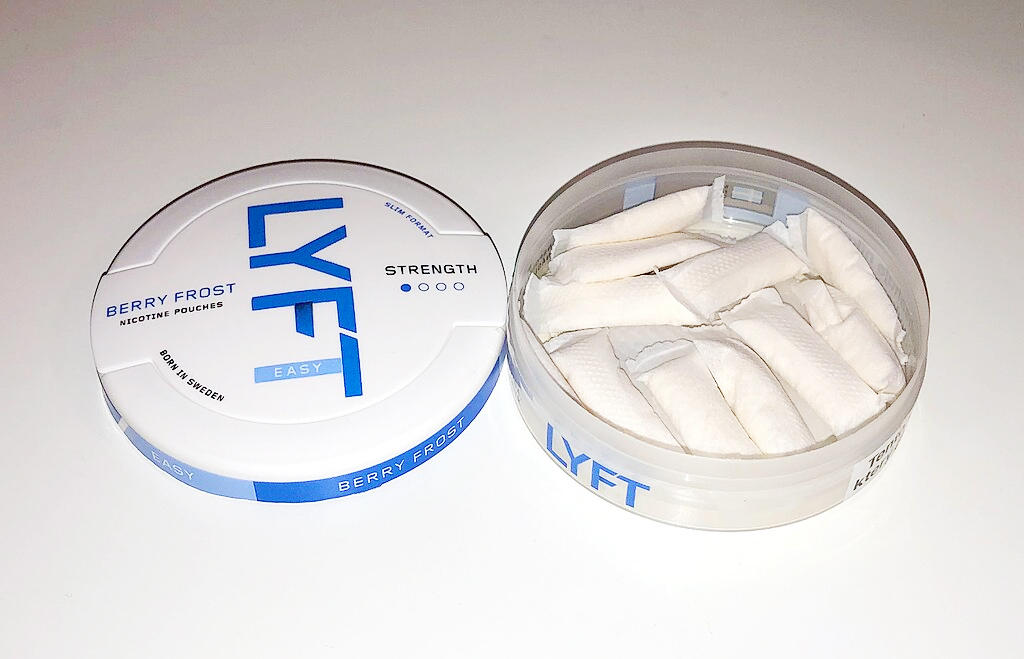
Composition of Nicotine Pouches
Nicotine pouches typically consist of the following components:
- Nicotine:
Derived from tobacco plants or synthesized in a lab.
- Plant-Based Fibers:
Usually cellulose, which acts as a carrier for nicotine and flavors.
- Flavorings and Sweeteners:
Enhance the taste experience, ranging from mint and fruit to coffee.
- Moisture-Preserving Agents:
Maintain moisture levels to ensure consistent nicotine release.
- Salts and pH Adjusters:
Control the pH level to optimize nicotine absorption.
Differences Between Snus and Nicotine Pouches
1. Tobacco Content:
- Snus:
Contains tobacco leaves, which deliver nicotine along with other tobacco-related compounds.
- Nicotine Pouches:
Completely tobacco-free, containing either synthetic nicotine or nicotine extracted from tobacco plants.
2. Health Considerations:
- Snus:
While less harmful than smoking, snus still carries health risks due to its tobacco content, including potential links to oral cancer and gum disease.
- Nicotine Pouches:
Eliminate the risks associated with tobacco, but still contain nicotine, which is addictive and has its own health implications.
3. Flavors and Varieties:
- Snus:
Traditionally has fewer flavor options, often focusing on tobacco and mild flavorings like mint or bergamot.
- Nicotine Pouches:
Offer a wider range of flavors, including fruity, minty, and exotic blends, catering to diverse taste preferences.
4. Usage and Discretion:
- Snus:
Can be messy, especially loose snus, and might require spitting.
- Nicotine Pouches:
Clean and discreet, with no need for spitting, making them more convenient for use in various settings.
5. Regulatory Environment:
- Snus:
Heavily regulated in many countries, with some places banning its sale entirely outside of Sweden.
- Nicotine Pouches:
Generally subject to less stringent regulations, though this is evolving as their popularity increases.
Legal Status of Snus
The sale of snus is banned in the EU (except in Sweden). The sale of snus is illegal in several countries, including Australia, New Zealand, and all European Union (EU) countries except for Sweden. It is the most common type of tobacco product in Norway, which is not in the EU, and is also available in Switzerland. Some European countries, such as the United Kingdom and Estonia, allow the sale of nicotine pouches, snus-like products that contain nicotine but no tobacco. Snus is also available in the United States. Canada makes it difficult to obtain snus through its high taxes on imported tobacco products.
Conclusion
While both snus and nicotine pouches offer alternatives to smoking, they cater to different user preferences and health considerations. Snus provides a traditional tobacco experience for those who prefer it, but it comes with the inherent risks of tobacco use. Nicotine pouches, on the other hand, offer a cleaner, more discreet, and potentially safer way to consume nicotine without the associated risks of tobacco.
For more detailed information and to explore various nicotine pouch options, visit Nicotine Pouch Brands.

